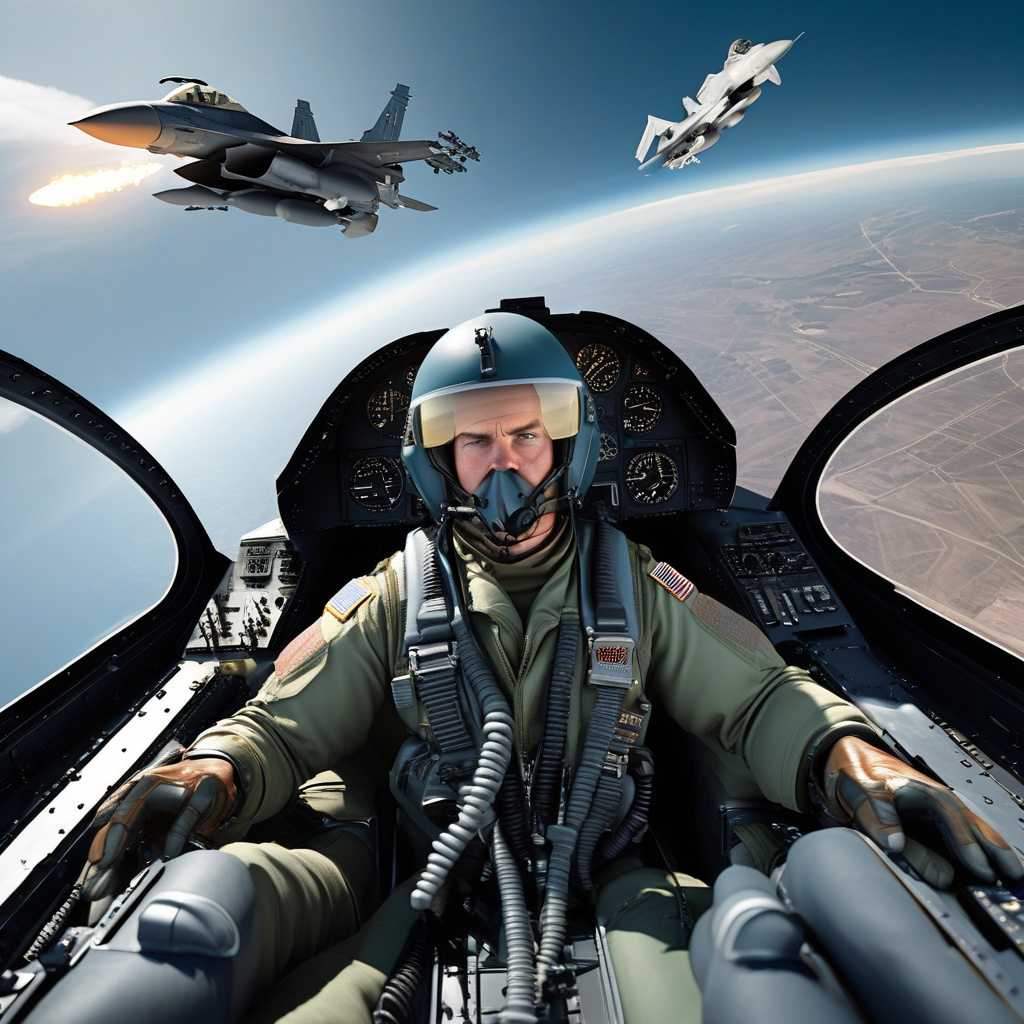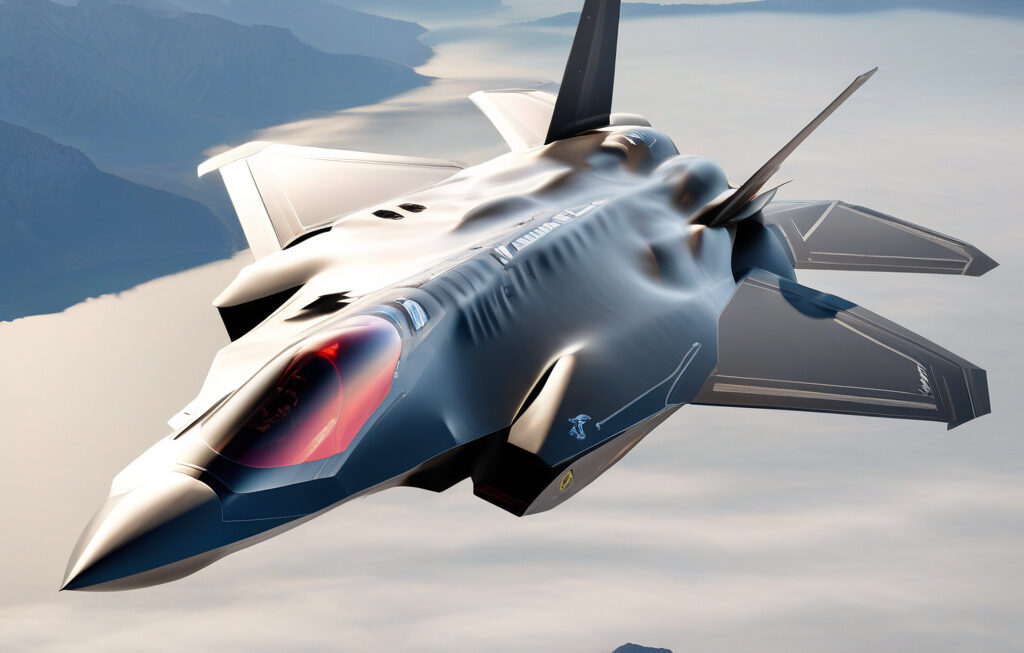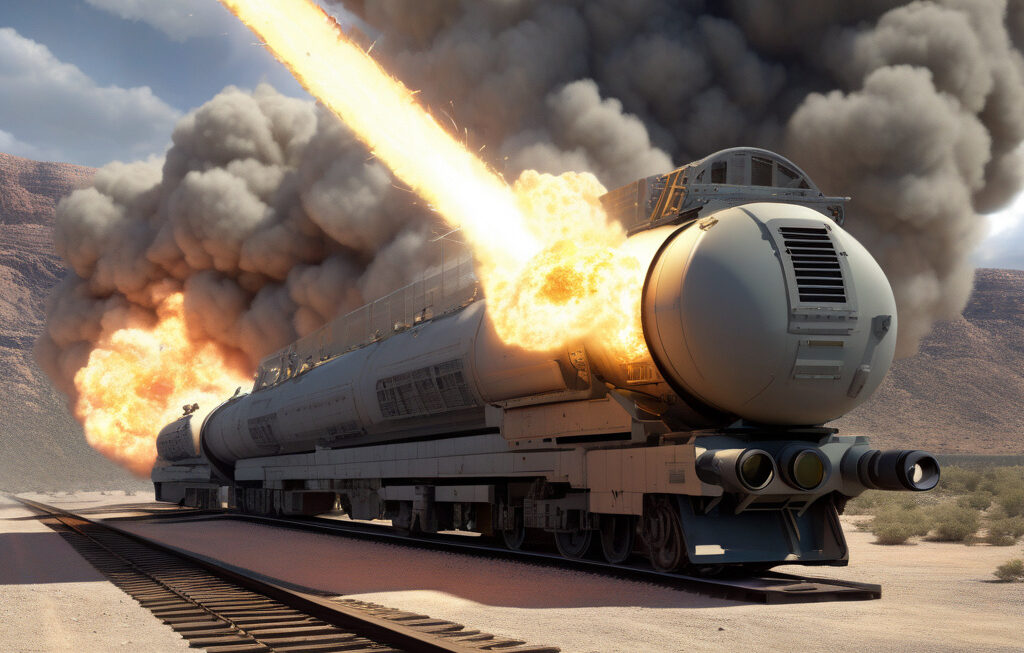US F-16 Fighter Jets’ Pilots to Train Against Maneuvering Virtual Enemies in Real-Time with New Tech
F-16 fighter jets in the U.S. Air Force are set to get a new upgrade that will revolutionize the way pilots train for combat scenarios. The introduction of cutting-edge technology will enable pilots to engage in simulated dogfights against virtual enemies, providing a realistic and dynamic training environment that closely mimics real-world situations.
This new training system incorporates advanced virtual reality technology that allows pilots to face off against virtual adversaries that are programmed to exhibit complex maneuvers and tactics. By engaging with these virtual enemies in real-time, pilots can hone their skills, test new strategies, and improve their decision-making abilities in a safe and controlled setting.
One of the key advantages of this new training system is its ability to adapt to each pilot’s skill level and learning curve. Pilots can start with basic scenarios and gradually progress to more advanced challenges as they improve their abilities. This personalized approach ensures that pilots are constantly challenged and engaged, leading to more effective training outcomes.
Moreover, the virtual training environment allows for immediate feedback and analysis, enabling pilots to review their performance, identify areas for improvement, and make adjustments in real-time. This iterative process accelerates the learning curve and helps pilots master complex maneuvers and tactics more efficiently.
In addition to enhancing pilot skills, the new training system also offers cost savings and logistical benefits. Traditional training exercises involving live aircraft, fuel, and maintenance can be expensive and resource-intensive. By shifting towards virtual training, the U.S. Air Force can reduce operating costs, optimize training schedules, and allocate resources more effectively.
Furthermore, the introduction of virtual training technology aligns with the broader trend of digital innovation in the defense sector. As technology continues to play a pivotal role in modern warfare, integrating virtual reality training systems into the military’s arsenal enhances readiness and capabilities in an ever-evolving threat landscape.
The incorporation of virtual training for F-16 pilots represents a significant step forward in leveraging technology to enhance military preparedness and effectiveness. By providing a realistic and immersive training experience that replicates the challenges of aerial combat, the U.S. Air Force is equipping its pilots with the skills and expertise needed to succeed in high-pressure situations.
As the deployment of this new training system progresses, the U.S. Air Force can expect to see a new generation of F-16 pilots who are better trained, more agile, and fully prepared to confront the challenges of modern aerial warfare. By embracing innovation and leveraging technology, the Air Force is ensuring that its pilots remain at the forefront of military excellence.
In conclusion, the introduction of virtual training for F-16 pilots heralds a new era of advanced preparation and skill development in the U.S. Air Force. By harnessing the power of technology to create dynamic and immersive training experiences, pilots can elevate their performance, adaptability, and readiness for combat situations. This innovative approach underscores the Air Force’s commitment to staying ahead of the curve and equipping its personnel with the tools they need to succeed in a rapidly evolving global landscape.
F-16, US Air Force, Virtual Training, Military Innovation, Pilot Skills












